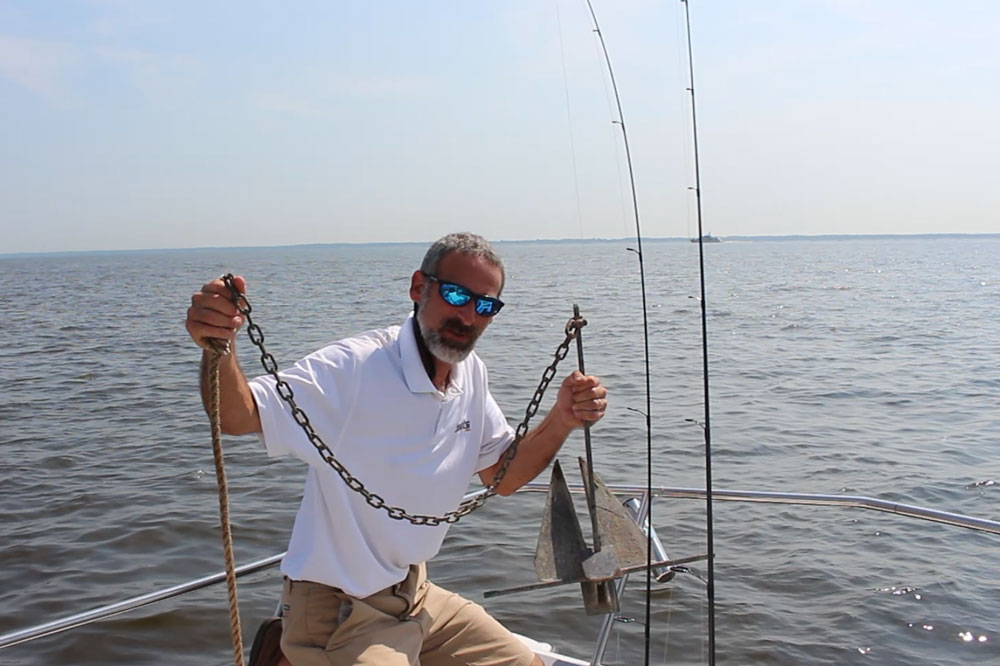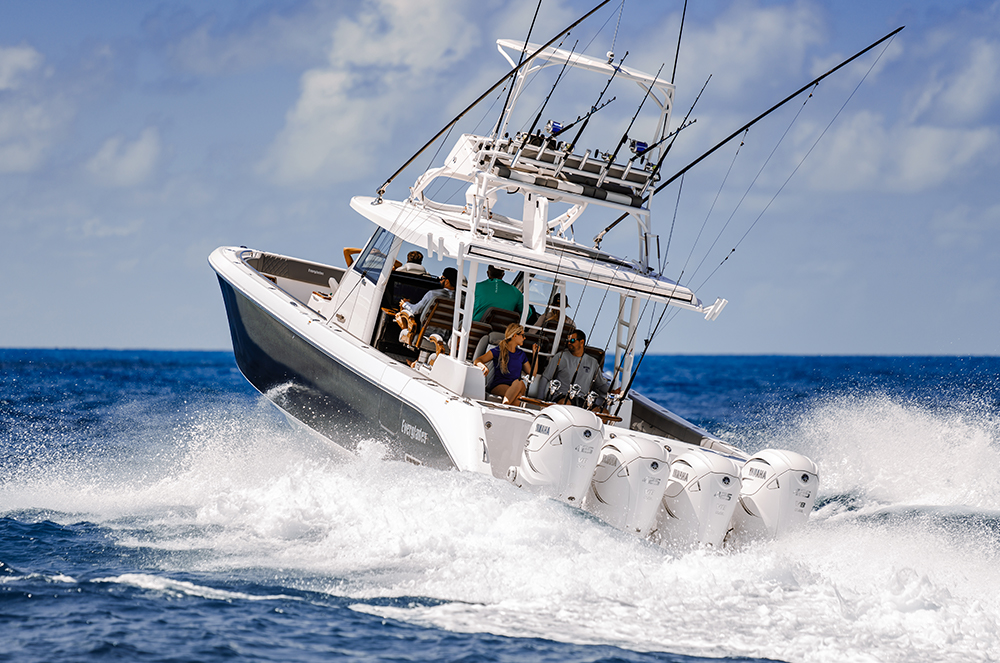Safe Family Tubing: A Quick Guide to This Fun Watersport
Tubing is simple and fun, and by following these rules it will also be safe for kids of all ages.
May 19, 2025
Tubing is a quintessential summer activity, offering endless thrills and laughter for kids and adults alike. It can be a blast for kids of all ages, with its simple yet exhilarating ride eliciting giggles and excitement from everyone on board. But like any watersport, safety while tubing should always be a top priority to ensure everyone's enjoyment.
Tubing Injuries Happen More Than You Think
Unlike more technical watersports, tubing requires no prior experience or special skills — just sit or lie across its air-filled surface and hang on for the ride! However, behind the laughter and fun of this simple activity lies the importance of safety: Tubing may seem like child's play, but thousands of rider injuries occur each year.
The most frequent tubing injuries include:
- Sprains and strains (27%)
- Soft tissue injuries, like bruises (20%)
- Whiplash
- Herniated discs
- Fractures
- Concussions
- Drowning
Some of these occur when riders hit the water while others happen when riders hit one another. In fact, most injuries in those under 20 involved riders hitting each other, usually when too many people were riding a tube at once. In kids, head injuries are the most common while in adults, it's knee injuries, sprains, and back or neck injuries as a result of falling off the tube.
How to Stay Safe While Tubing
Tubing behind a boat can be tons of fun, but it's essential to approach this activity with caution and common sense to prevent unnecessary accidents and injuries. Here are some quick tips for safe family tubing as we approach high season on the water.
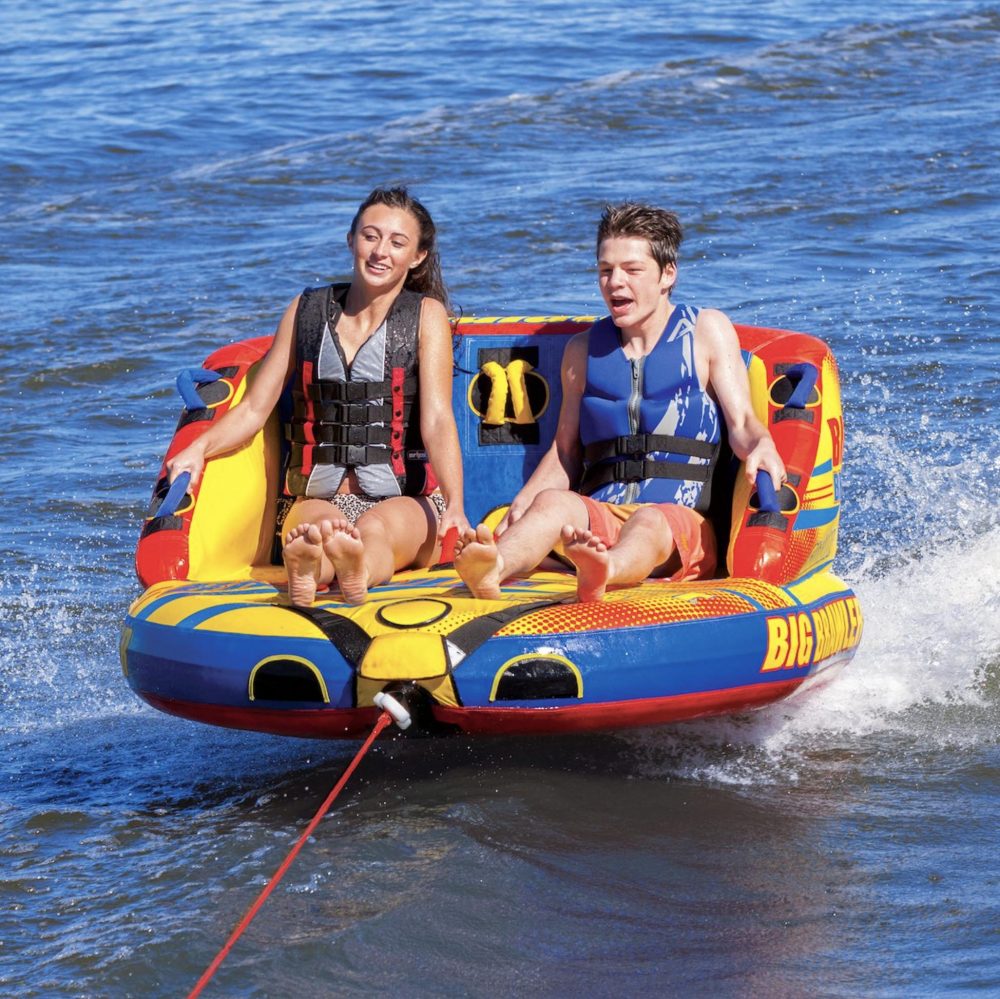 Above: Tubing can be fun for kids of all ages, and it's safe as long as certain precautions are followed.
Above: Tubing can be fun for kids of all ages, and it's safe as long as certain precautions are followed.Check Your Equipment
Before hitting the water, it's crucial to inspect your tubing equipment and make sure it's in top-notch condition.
- Tubes and tow ropes undergo significant stress during use, so regular inspections are a must.
- Replace any worn or frayed ropes and connection points.
- Check the tube's fabric cover for signs of wear and tear.
- Properly inflate tubes before each trip.
- Securely attach tow ropes to your vessel.
These steps take just a few minutes but are essential for a safe and enjoyable tubing experience.
For additional guidance on equipment safety and maintenance, websites like Overton’s and West Marine offer comprehensive resources and product reviews to help you make informed decisions about your tubing gear.
 Above: Make sure the inflatable is blown up to the proper tension, and that any protective cover is firmly in place.
Above: Make sure the inflatable is blown up to the proper tension, and that any protective cover is firmly in place.Wear Proper Safety Gear While Tubing
At minimum, all towed riders should wear a properly fitting personal flotation device (PFD) at all times. This PFD should fit snugly but not tight, and be properly rated for the wearer's weight. You can also check the fit by having the wearer raise their arms over their head and lift up on the shoulders of the vest; if the jacket rides up past their ears, it's too big.
Rash guards are recommended to protect against chafing, especially for children. These can also help with sun protection, along with your choice of sunscreen.
Choose the Right Toys
There are so many different styles of tubes available today, but matching the age and abilities of the riders to the appropriate tubing toys is crucial.
While extreme towables may be great for older teens, they're not suitable for young children. Conversely, putting multiple adult riders on a small children's tube can be equally dangerous. Be sure to choose toys that match the number of riders as well as their age and experience level, to ensure a safe experience for all.
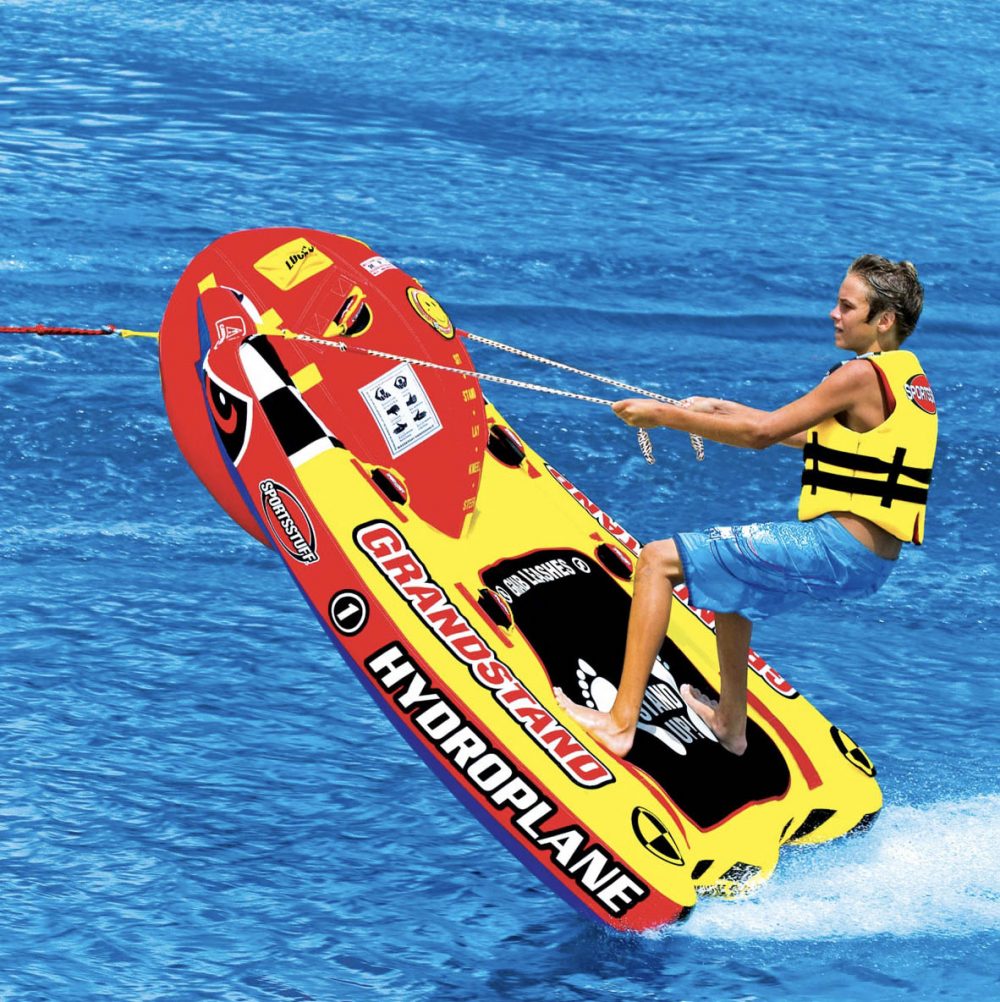 Above: Choose a proper towrope, and make sure it is properly connected.
Above: Choose a proper towrope, and make sure it is properly connected.Find the Perfect Spot
Tubing in open water away from other boat traffic can enhance safety and enjoyment for everyone onboard. While it may be challenging to avoid crowded waterways during peak summer months, seeking out quieter spots can reduce the risk of accidents and collisions, and also make for a smoother ride.
Stay Alert
Boat operators should practice 360-degree awareness at all times, but especially when pulling riders behind the vessel.
- Stay vigilant and alert to your surroundings, anticipating potential hazards and reacting accordingly.
- Know your waterway before you go out to avoid surprises.
- Watch for other boat traffic and make sure you're aware of right-of-way rules.
- Have a designated spotter onboard to watch the tuber and alert you if they fall off, seem distressed, or want to end their ride.
By practicing mindfulness and following these practical tips, you can ensure that your tubing adventures are safe, fun-filled, and memorable for all the right reasons.
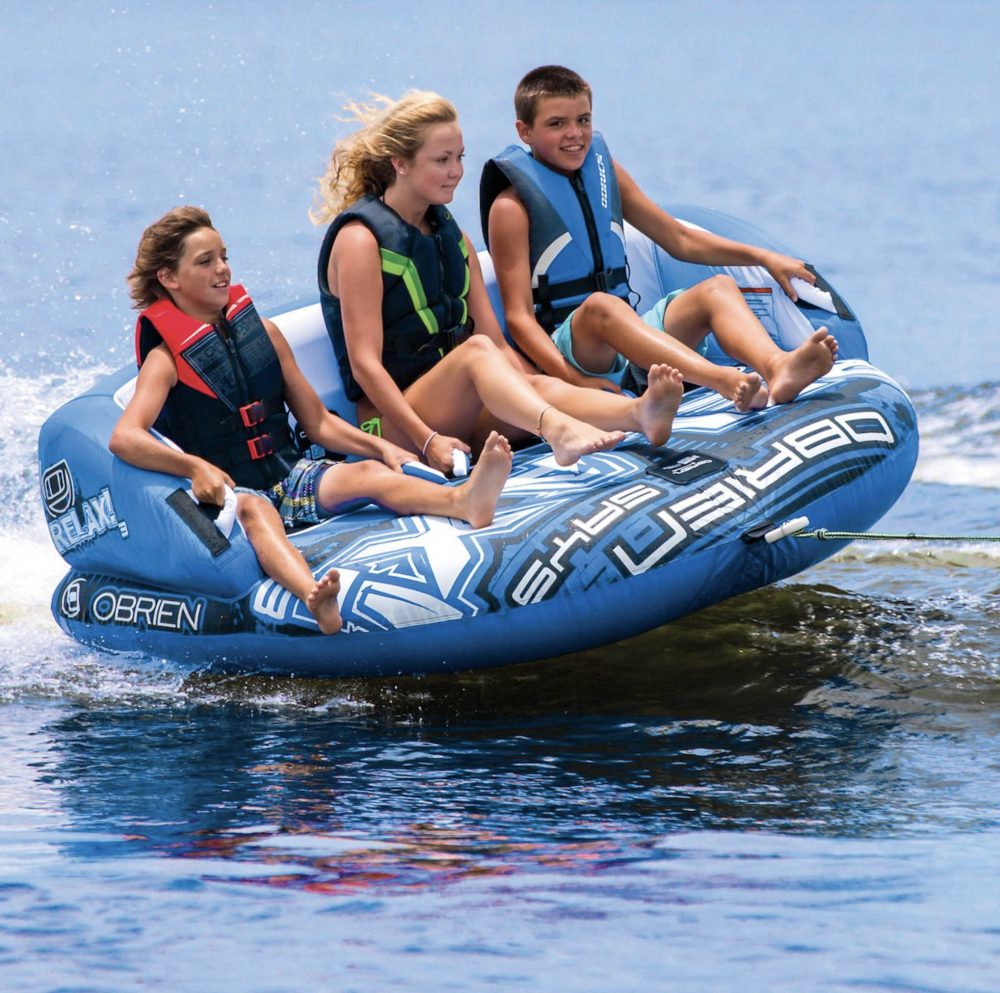 Above: Choose a speed appropriate to your occupant’s age and fears.
Above: Choose a speed appropriate to your occupant’s age and fears.Get CPR Certified
s
For more watersports action, check out the following:








